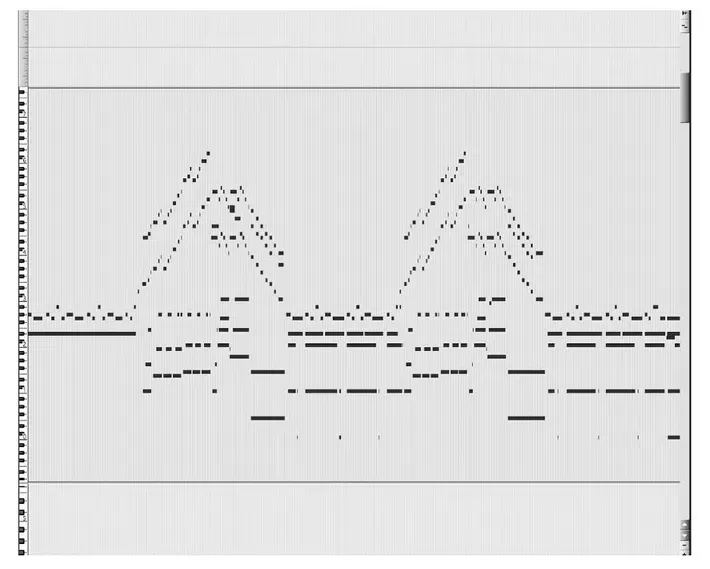During a discussion on Twin Peaks that I led on blog Facebook group, I mentioned that the success of the series is the result of a unique symbiosis between David Lynch and Mark Frost. Together, they made the story told through successive episodes hair-raising, fascinating, sometimes entertaining, and often confounding. The aforementioned symbiosis must have been contagious, because it also resulted in music.
This one composed by Angelo Badalamenti wonderfully fits the atmosphere of the series. The musical motifs created for Twin Peaks are recognizable and have become a permanent part of cultural history, not just popular culture. Behind one of them, a motif associated with Laura Palmer, there is something more. Something disturbing and, like the series, fascinating.
Dark forest and owl
Lynch and Badalamenti have been working together since the early 1980s. The sounds of his imagination make such films as Blue Velvet, Wild at Heart and Lost Highway even more indelibly etched in the memory. Of course, the composer is best known for his music for Twin Peaks. Lynch asked him to compose music for the series, set in a town in Washington state. The series was to be a combination of a soap opera with a detective story and a fantasy. What's not there, by the way. Angelo picked up on the idea right away. He listened to Lynch's stories about where the action would take place. What characters would appear in the series. He listened and composed.
You will ask, where is the secret in this? Wait. We'll get to that. Let's not preempt the facts. One day - I don't know if it was a beautiful day - David and Angelo were sitting together in a room. The musician had his Fender electric piano in front of him. David narrated as was his habit:
Okay, Angelo, you're in a dark forest. The wind hums quietly blowing between the trees. You can see the moon, some animal runs by in the background, you hear an owl. - Angelo Badalamenti recalls his collaboration with Lynch in the documentary "Secrets From Another Place: Creating Twin Peaks".
From then on, Angelo begins to play the piano. At first a monotonous C note, which gradually developed into the following. A, G, B, until finally he hits a high E. All this becomes the basis for the main motif associated with Laura Palmer. A familiar motif that has become one of the hallmarks of the series. Already the fact that Badalamenti composed the whole thing in 20 minutes is surprising, but there is something else behind the Laura Palmer motif. As the Aborigines say, we need to go deeper.
Twin Peaks
For it turns out that when one looks at the MIDI notation of the piece composed by Badalamenti, it turns out that the whole thing is arranged in two peaks. Dean Hurley, who oversees the creation of the music in Lynch's production, spoke about the matter:
You look at it and it's actually.... Twin Peaks. Fucking earie... - Dean Hurley was very literal
The drawing says it all. Badalamenti has unknowingly (?) composed a piece whose notation is arranged in such a way that they can be interpreted as two mountain peaks.

After this discovery, he told the story to Lynch, who had a very appropriate comment for him:
Extraterrestrial, extraterrestrial, extraterrestrial! - Lynch shouted into the earpiece
What did Angelo say? He reacted to it a little less cosmically than his friend. He admitted that it was both terrifying and fantastic.
Coincidence?
I'm far from claiming that there's more to this than meets the eye, but one thing is certain. All the elements of the series complement each other perfectly. The story, the actors, the plot and finally the music. The latter, as you can see, hides something more, which only builds the legend of the series. Even if the next series turns out to be just a sad return to the old garbage, some things the creators of Twin Peaks will not take away from anyone. There is also something romantic about it. Two creators who understand each other's work so well that even taking it apart carries their unique signature.

